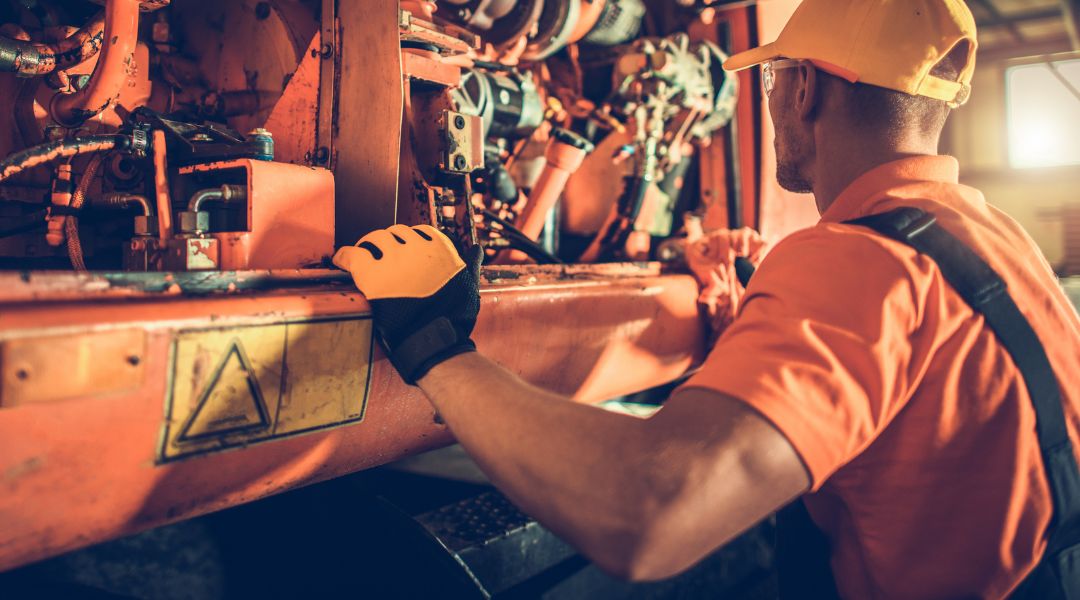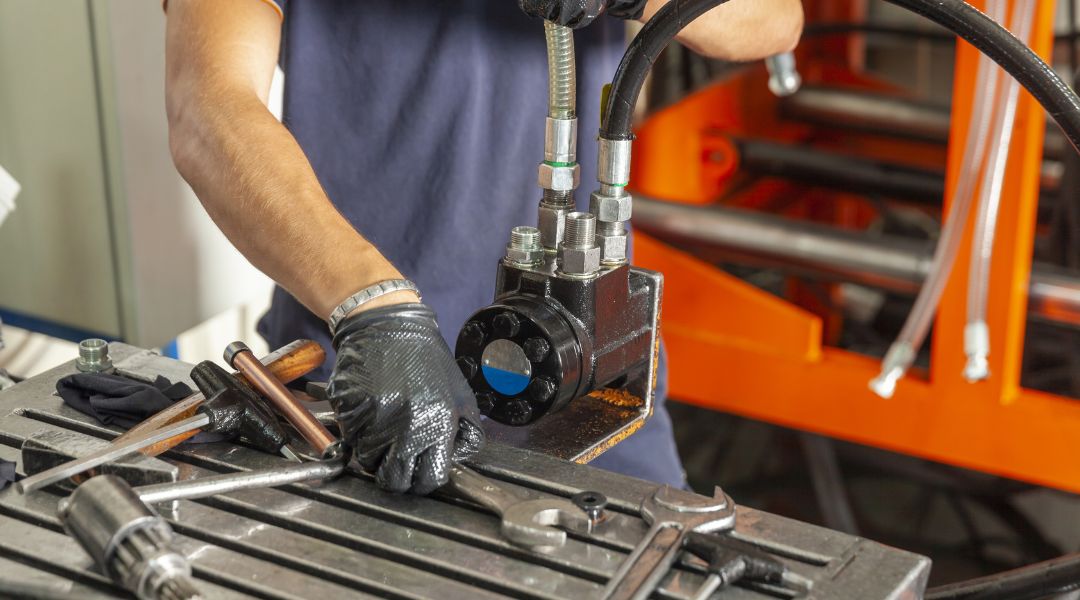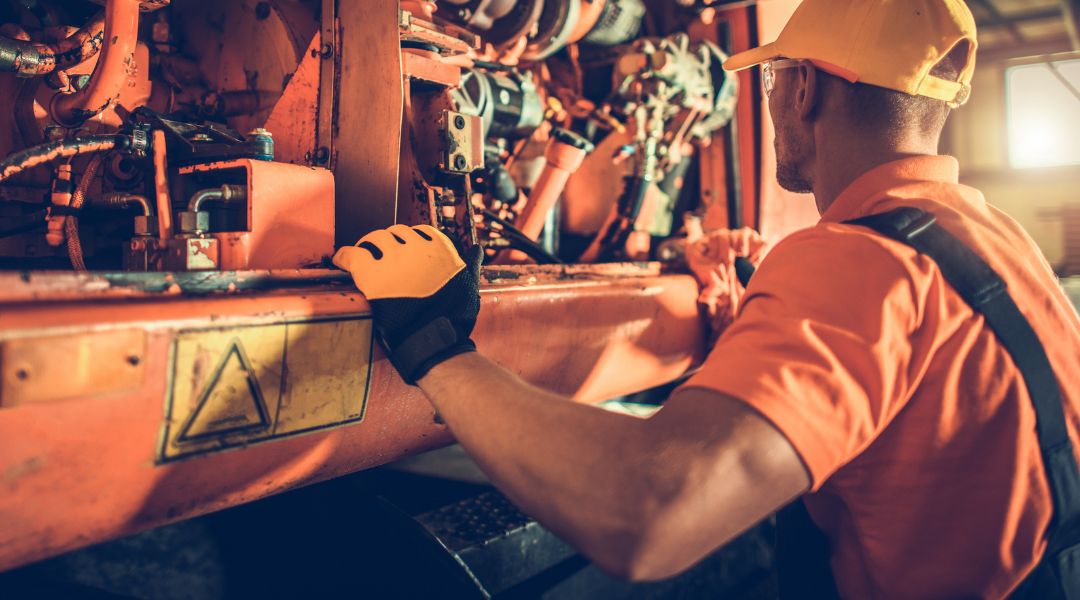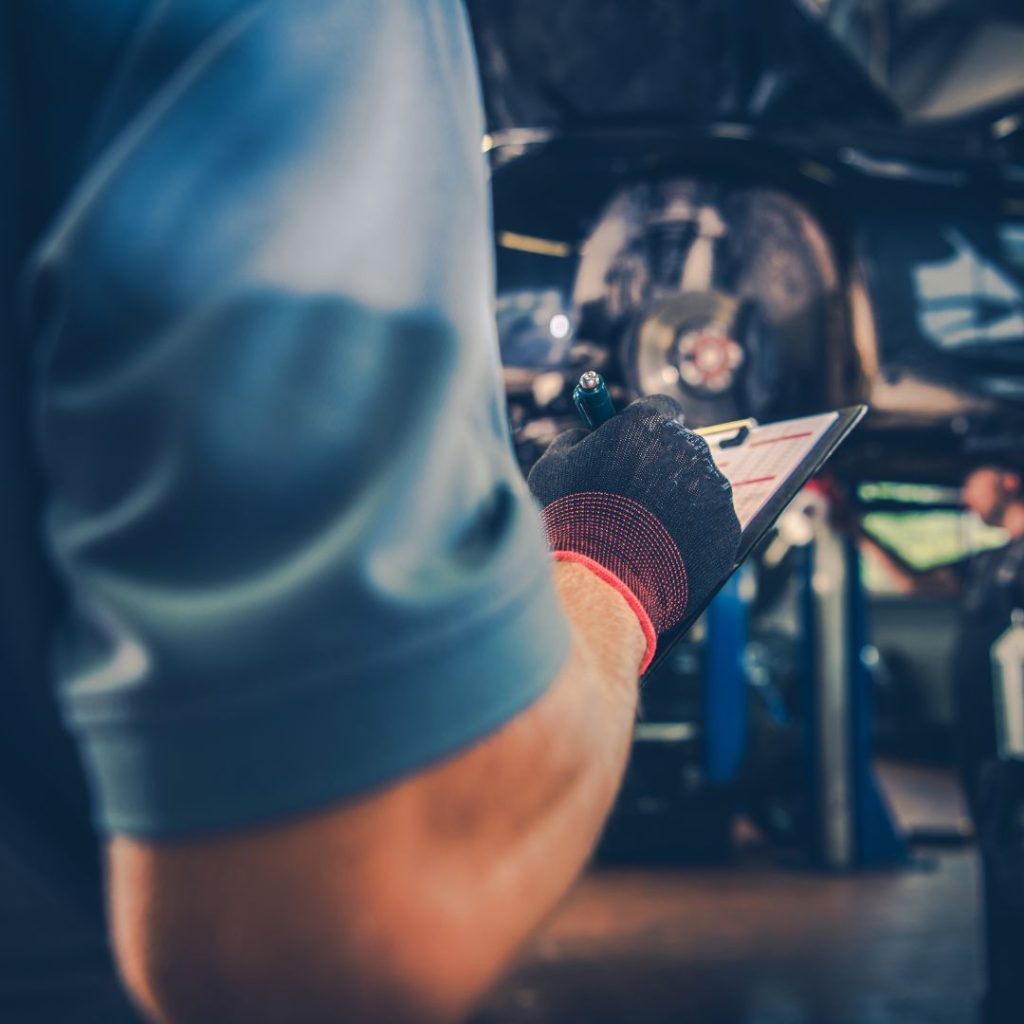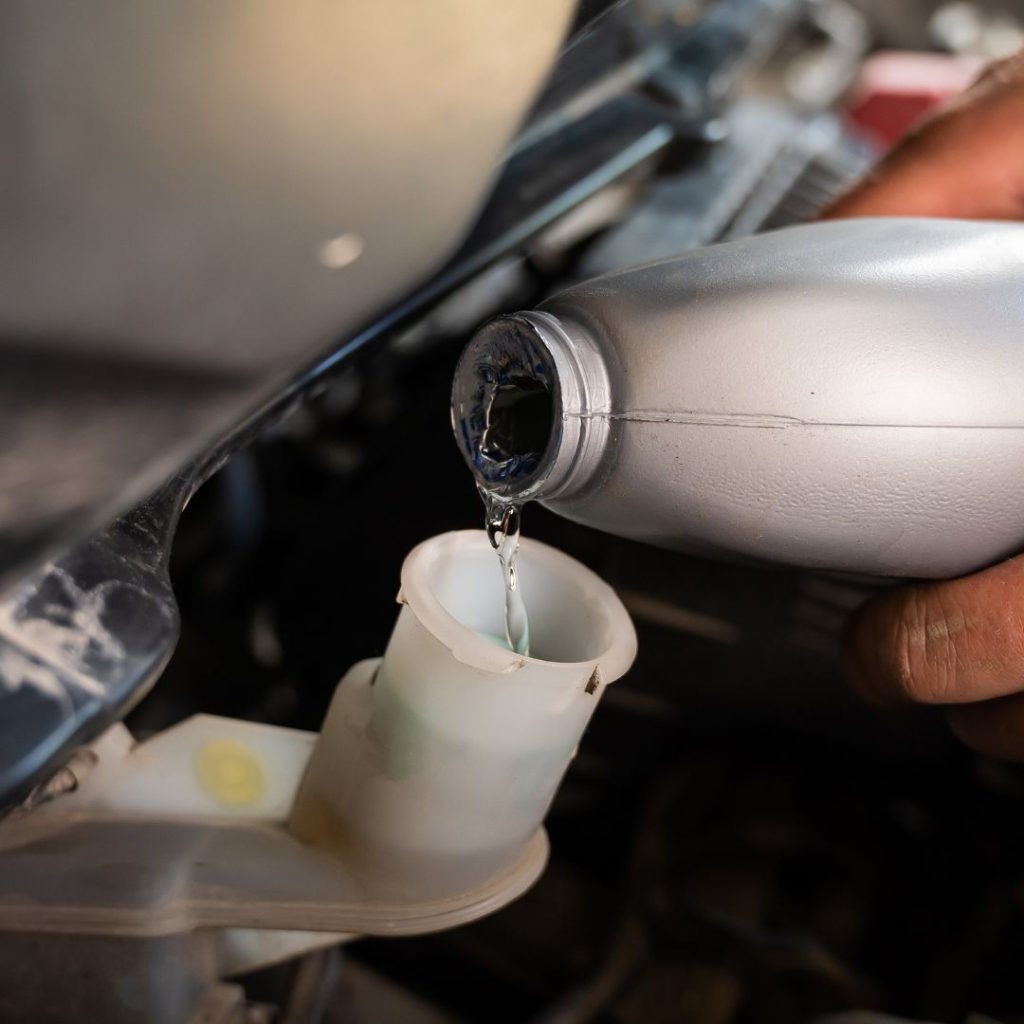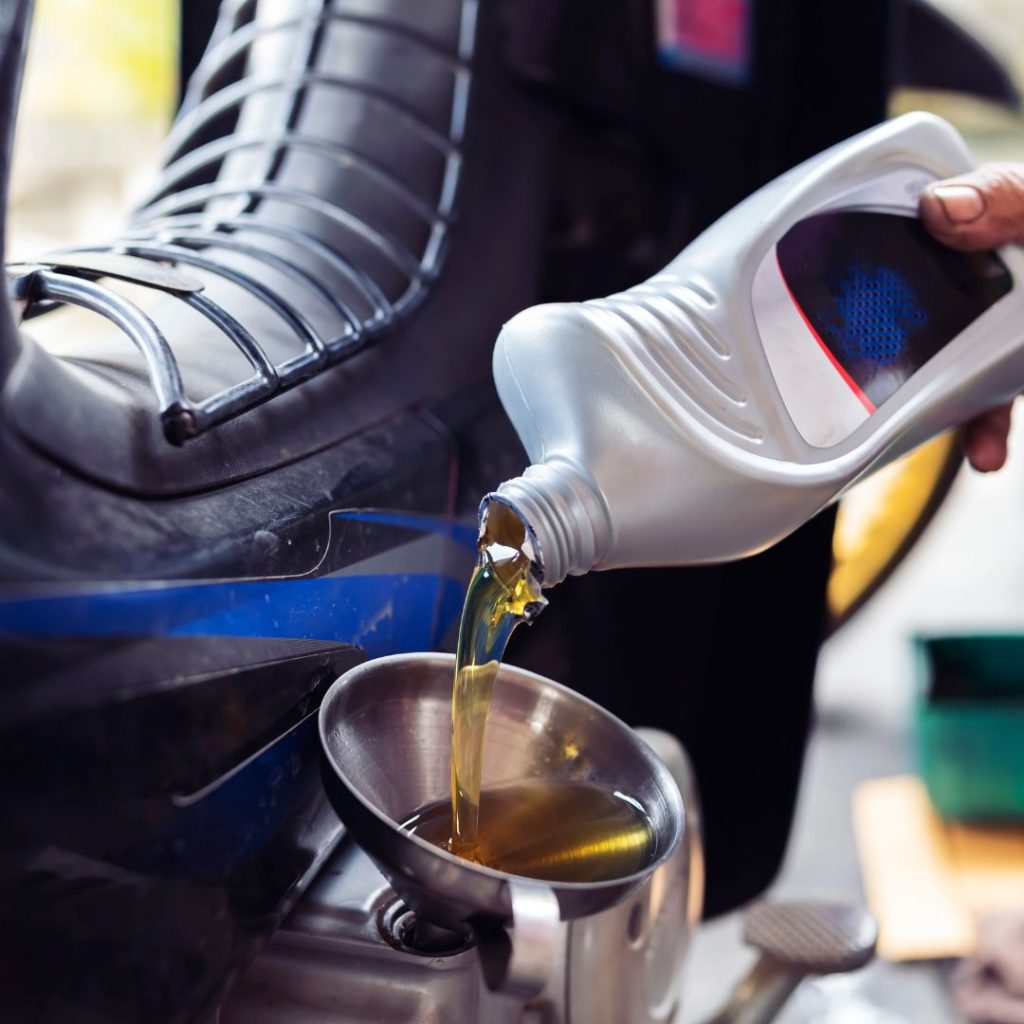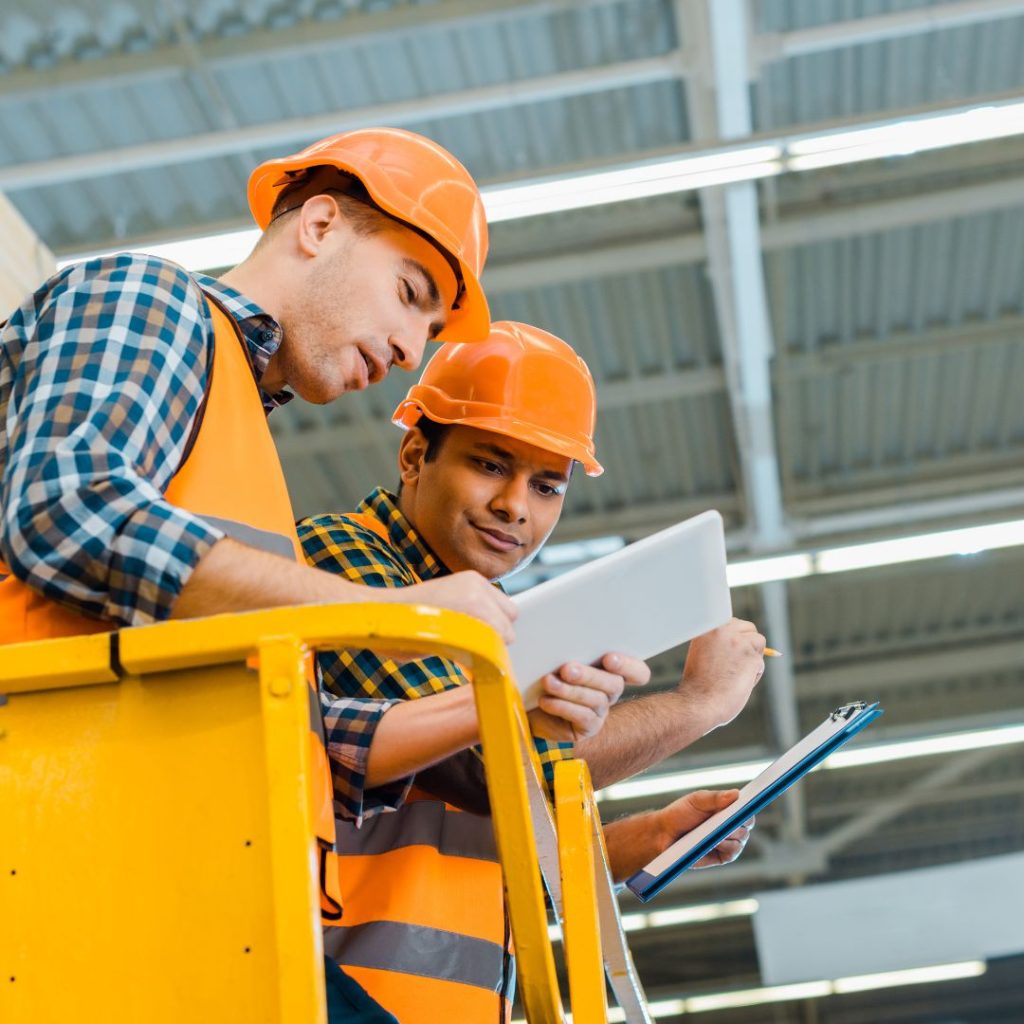The Essential Guide to Heavy Equipment Maintenance: Top 10 Commonly Replaced Parts and How to Choose the Right Ones
Maintaining heavy equipment in top working condition is vital for ensuring operational efficiency and minimizing downtime. As part of regular maintenance, certain parts tend to wear out over time and require replacement. In this comprehensive guide, we’ll explore the top 10 most commonly replaced parts in heavy equipment and provide insights on how to select the right replacements for optimal performance.
1. Filters (Oil, Air, Fuel):
Filters are critical components that prevent contaminants from entering the engine and other crucial systems. When choosing replacement filters, prioritize quality and compatibility with your equipment specifications to maintain optimal performance.
2. Hydraulic Hoses:
Hydraulic hoses play a key role in transmitting fluid power within heavy equipment. Ensure that replacement hoses are rated for the appropriate pressure levels and are compatible with the hydraulic systems of your machinery.
Add water only after charging, as the electrolyte expands during charging. Maintain water levels between the recommended marks in each cell.
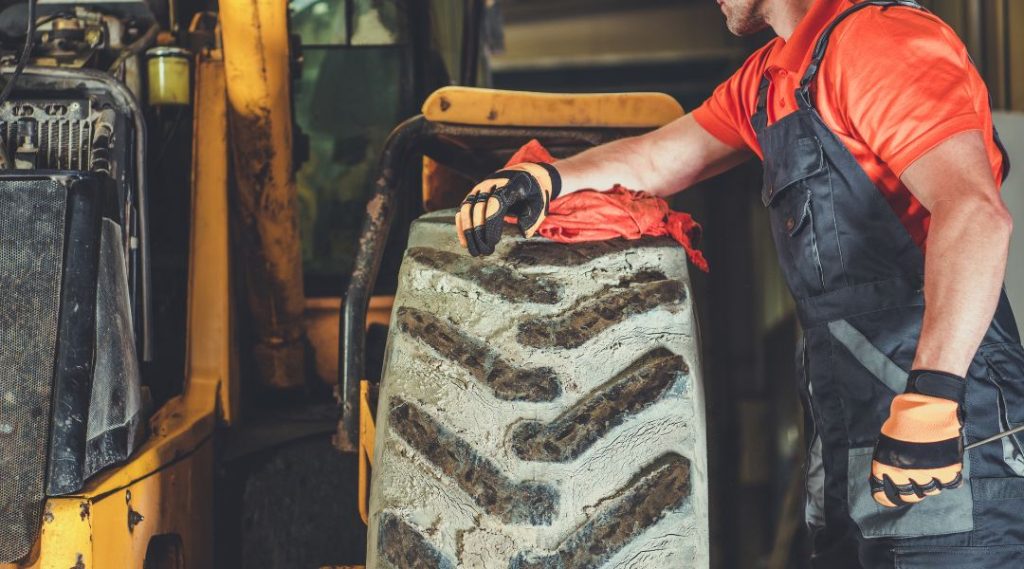
3. Belts and Pulleys:
Belts and pulleys are essential for transferring power in various components of heavy equipment. When replacing belts and pulleys, consider factors such as material quality, size compatibility, and proper tensioning for efficient operation.
4. Batteries:
Reliable batteries are essential for starting heavy equipment and powering electrical systems. Choose replacement batteries that match the voltage and capacity requirements of your machinery for seamless performance.
5. Tires:
Tires are subject to wear and tear, especially in rugged operating environments. Select replacement tires based on the terrain conditions, load capacity requirements, and tire type suitable for your specific equipment.
6. Seals and O-rings:
Seals and O-rings prevent fluid leaks and contamination in hydraulic systems and other components. Prioritize high-quality replacement seals that are compatible with the operating conditions and fluids used in your heavy equipment.
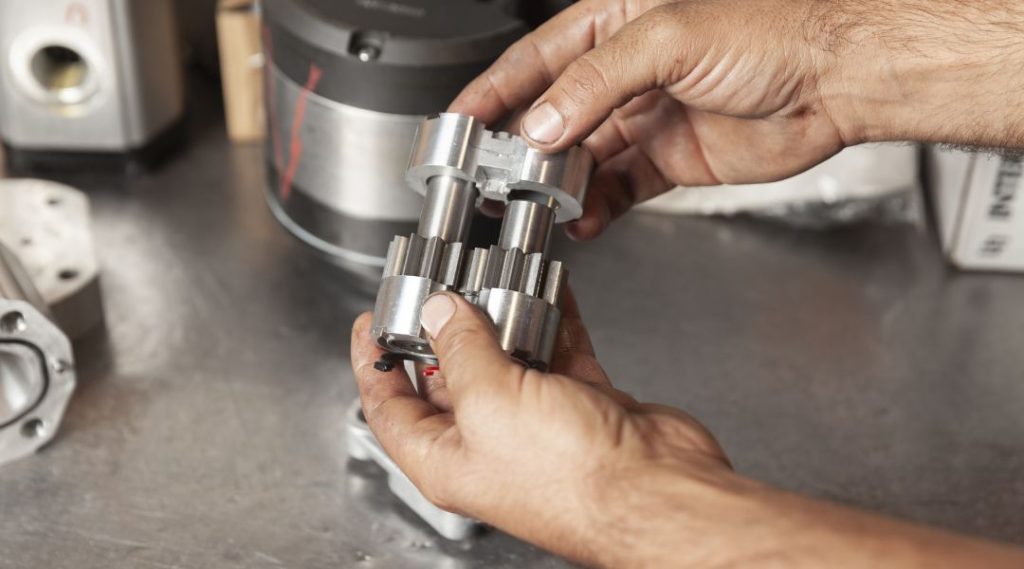
7. Braking System Components:
Brake pads, discs, and calipers are crucial for ensuring safety in heavy equipment. When replacing braking system components, opt for parts that meet OEM standards and provide reliable stopping power.
8. Lights and Electrical Components:
Lights and electrical components are essential for visibility and equipment operation. Choose replacement lights and electrical parts that are durable, weather-resistant, and compatible with the electrical systems of your machinery.
9. Bearings:
Bearings are vital for reducing friction and enabling smooth movement in heavy equipment. When selecting replacement bearings, consider factors such as load capacity, material quality, and proper lubrication for long-lasting performance.
10. Engine Components (Spark Plugs, Filters, Gaskets):
Engine components such as spark plugs, filters, and gaskets are critical for engine performance and longevity. Ensure that replacement engine parts are of high quality, compatible with your equipment model, and recommended by the manufacturer.
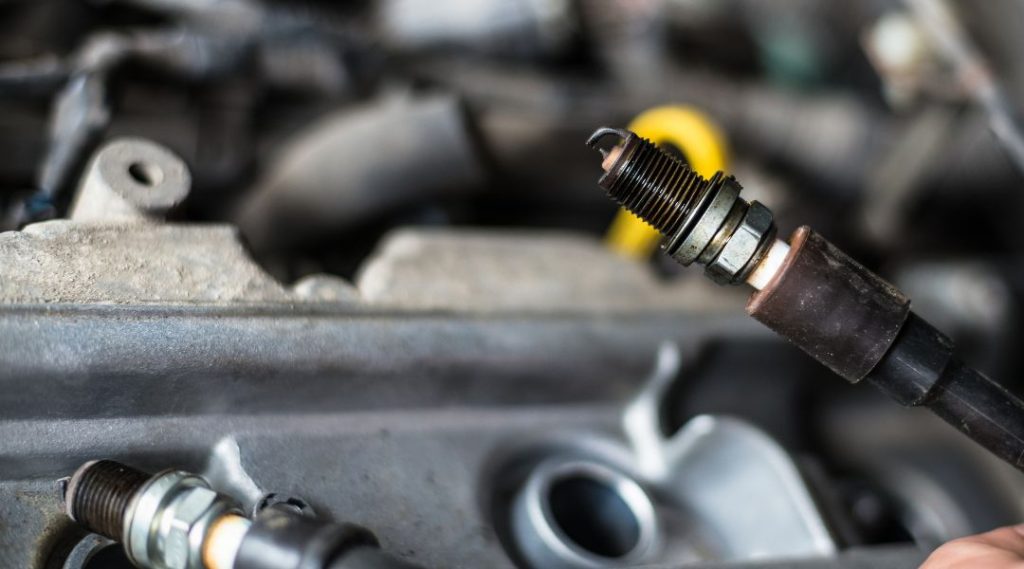
Conclusion:
Regularly replacing worn-out parts is essential for maintaining the reliability and efficiency of heavy equipment. By understanding the top 10 commonly replaced parts and choosing the right replacements based on quality, compatibility, and operational requirements, you can optimize the performance and longevity of your machinery. Prioritize preventive maintenance and invest in high-quality replacement parts to keep your heavy equipment running smoothly and reliably.



